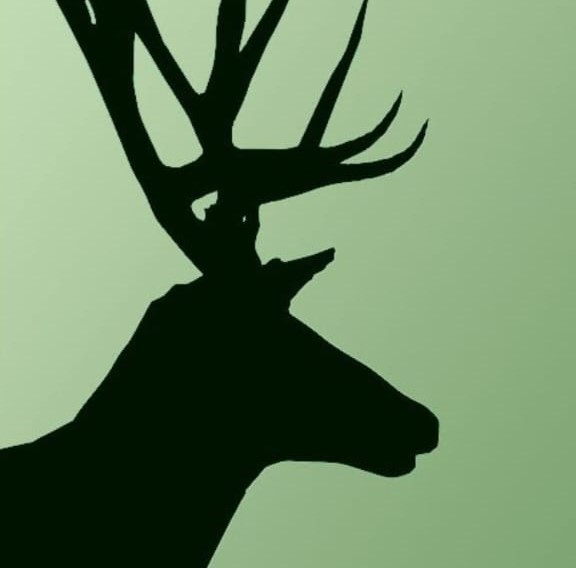Watch, Stay wild, sleep well: discover Exmoor’s birds from the comfort of your own cottage
Exmoor National Park is a place of untamed beauty — a landscape where wind brushes the heather, rivers cut through ancient woodland, and the sky is alive with wings. It’s no surprise that Exmoor is one of the best destinations in the UK for birdwatching.
Whether you’re a seasoned birder or a curious beginner, Exmoor offers the chance to witness rare and iconic species — right on your doorstep.
Birdwatching on the Moor: Where Birds Sing Freely
Wander across Exmoor’s sweeping moorlands and listen: the high-pitched trills of the skylark, the scratchy call of the whinchat, and — if you’re lucky — the haunting melody of the cuckoo. Keep your eyes on the gorse for flashes of stonechats, meadow pipits, and even the elusive Dartford warbler, a rare heathland resident.
The Merlin Bird ID app is a great companion — simply record the birdsong around you, and the app will tell you which species you’re hearing.

Watch Birds in the Forest: A Hidden World in Motion
Exmoor’s wooded valleys are alive with activity. Watch as dippers bob rhythmically along clear rivers, or wait quietly for the electric flash of a kingfisher darting downstream. In spring and summer, woodland specialists like pied flycatchers, redstarts, and wood warblers make Exmoor their home.
Here, every rustle and flutter rewards the patient. It’s a paradise for nature photography, peaceful walks, and slow discovery.

Coastal Cliffs & Estuary Calm
On Exmoor’s dramatic coastline, seabirds take centre stage. Peer down from high cliffs to see colonies of razorbills, kittiwakes, fulmars, and guillemots nesting on the rock faces. Birdwatching along the shoreline reveals, turnstones, oystercatchers, and ringed plovers busy themselves among the rocks.
Estuarine habitats like those around Porlock and the River Exe estuary offer glimpses of lapwings, teal, little egrets, and the ever-majestic grey heron.
For more walking routes and birding tips, visit the Exmoor National Park Visitor Centre — they offer free wildlife guides and expert local advice.

Rare Sightings Worth the Wait
Exmoor is full of surprises. With careful watching, you might spot a merlin, Britain’s smallest falcon, darting low over the moors. Keep an eye out for the ring ouzel, a mountain thrush that passes through during migration, or listen for the bubbling call of the curlew in spring.
Conservation efforts are bringing the white-tailed eagle back to these skies — a once-lost giant – lucky birdwatchers occasionally see them soaring above Exmoor’s wild spaces.
Stay in the Heart of It All: Self-Catering Cottages on Exmoor
After a day of peaceful paths and inspiring sightings, return to a place that feels like home. Our self-catering cottages on Exmoor are carefully chosen for their location, comfort, and closeness to nature.
Whether you want early morning birdsong with your coffee or a stargazing session under Exmoor’s Dark Sky Reserve, you’ll be surrounded by beauty at every turn.
Perfect for couples, families, or solo travellers, our holiday cottages offer flexibility, privacy, and direct access to Exmoor’s wild wonders.Book your birdwatching holiday now and experience the natural rhythm of Exmoor — wild by day, restful by night.
Before You Go: Essential Birdwatching Tools
-
Merlin Bird ID App – Identify birds by sound and sight
-
Exmoor Visitor Centres – Free maps, bird guides, and expert tips
-
Bring binoculars, a field guide, and a thermos — you may be out longer than you planned.
FAQ
Exmoor is home to a wide variety of species across its diverse habitats. You might spot skylarks, stonechats, Dartford warblers, curlews, kingfishers, pied flycatchers, and coastal birds like razorbills and guillemots. Seasonal visitors include ring ouzels and the occasional white-tailed eagle.
Spring and early summer (April–June) are ideal, with birds nesting, singing, and displaying. Autumn is great for migration sightings, and winter brings coastal species like snow buntings and large flocks of waders.
Top birdwatching locations include:
Haddon Hill & Dunkery Beacon (moorland species)
Horner Woods (woodland birds like redstart and wood warbler)
Porlock Marsh & River Exe Estuary (waders and waterfowl)
Valley of Rocks & coastal cliffs (peregrines, fulmars, seabirds)
Starting is easy — all you need is curiosity! Bring a pair of binoculars, a notebook or birding app (like Merlin Bird ID), and explore natural areas quietly. Begin by observing common birds and listening for their calls. Over time, you’ll learn to identify species by shape, sound, and behaviour.
Birdwatching is a calming, rewarding way to connect with nature. It helps you slow down, notice the little things, and appreciate wild places in a new light. There’s a thrill in spotting a rare species — and even everyday birds can bring joy with their songs, colours, and behaviours. It’s a hobby that’s relaxing, low-cost, and perfect for solo travellers, couples, and families alike.
Absolutely. Our self-catering cottages are located across Exmoor — from coastal villages to quiet moorland retreats — giving you direct access to the best birdwatching trails.

